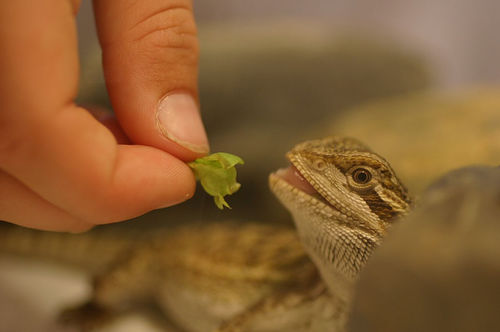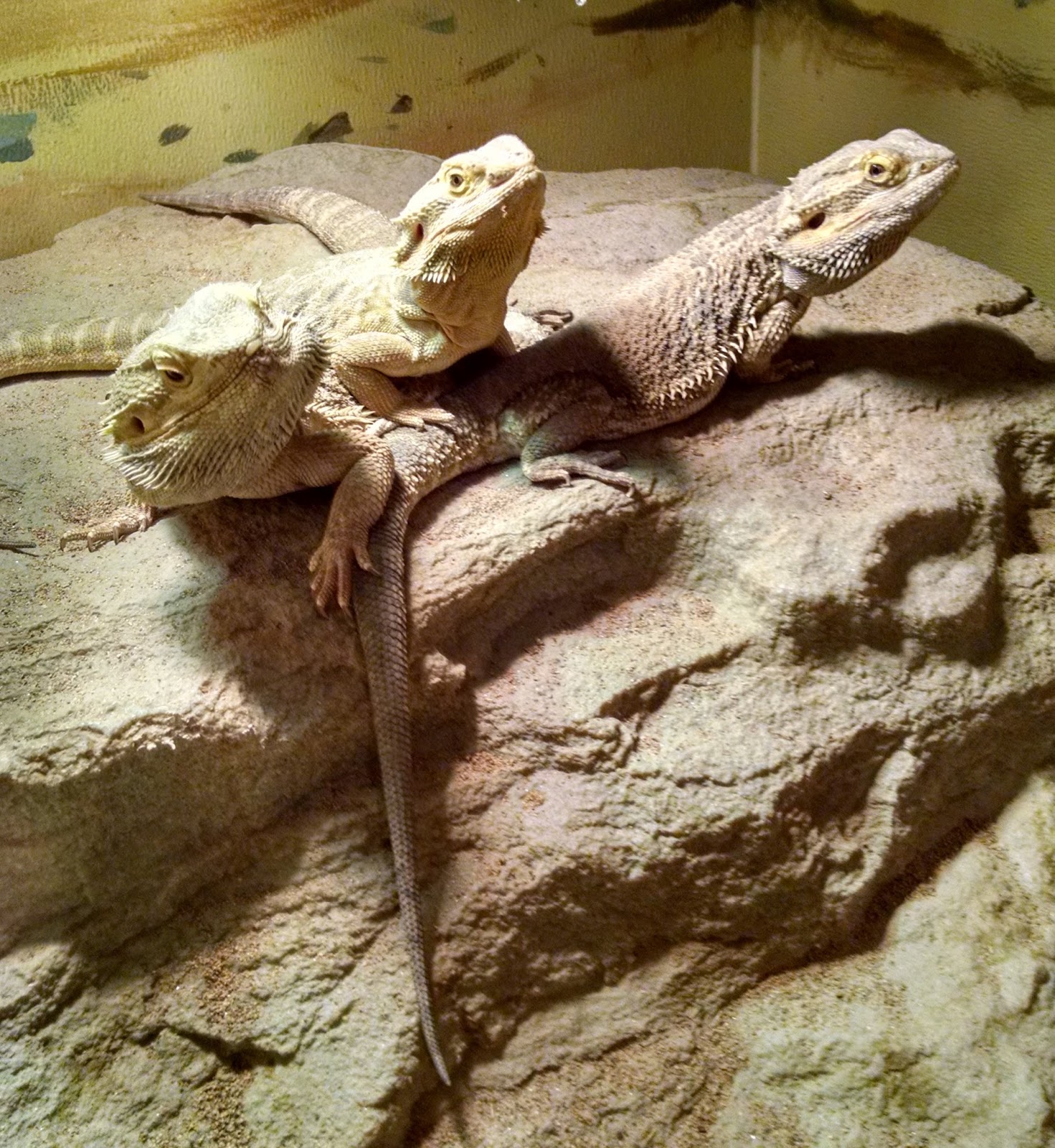How to Humanely Euthanize Your Bearded Dragon at Home
How to Humanely Euthanize Your Bearded Dragon at Home
As a bearded dragon owner, the thought of euthanizing your pet may never occur to you. However, in some cases, euthanasia may be necessary to prevent further suffering in a bearded dragon that is ill or injured beyond repair. In this post, we will discuss how to humanely euthanize your bearded dragon at home.
When is Euthanasia Necessary?
Euthanasia is a difficult decision for any pet owner to make. As a responsible pet owner, it is important to consider the quality of life of your bearded dragon. Here are some situations when euthanasia may be necessary:
- Your bearded dragon has a terminal illness with no hope of recovery
- Your bearded dragon has a serious injury and is in constant pain
- Your bearded dragon has stopped eating or drinking for an extended period of time
- Your bearded dragon has become aggressive due to illness or injury
Consult with a Veterinarian
First and foremost, it is important to consult with a veterinarian if you are considering euthanasia for your bearded dragon. They can provide you with the necessary information, and help guide you through the process. It is important to have a discussion with your veterinarian about why you are considering euthanasia, as well as potential treatments for your bearded dragon’s condition.
The Process of Euthanasia
There are a few different methods for euthanizing a bearded dragon, including:
- Carbon dioxide (CO2) overdose
- Decapitation
- Vertebral dislocation
- Intracoelomic injection
Carbon Dioxide Overdose
Carbon dioxide overdose is a common method of euthanasia for bearded dragons. This method involves placing the bearded dragon in a container with a high concentration of carbon dioxide. As the carbon dioxide level rises, the bearded dragon will become unconscious and die. This method should only be attempted by experienced pet owners with knowledge of CO2 concentrations and equipment.

Decapitation
Decapitation involves severing the head from the body. This method is instantaneous and painless, but requires a steady hand and knowledge of anatomy. It is not recommended for beginners or those without veterinary training.
Vertebral Dislocation
Vertebral dislocation involves breaking the bearded dragon’s neck, effectively killing it instantly. This method should only be attempted by those with knowledge of anatomy and experience in handling reptiles.

Intracoelomic Injection
Intracoelomic injection involves injecting a lethal substance directly into the bearded dragon’s body cavity. This method should only be attempted by a veterinarian or someone with veterinary training.

After Euthanasia
After the euthanasia process, it is important to handle the body with care. Wrap the bearded dragon in a towel or cloth and place it in a plastic bag. You can dispose of the body in your backyard or use a pet cremation service. It is important to take the time to grieve the loss of your beloved pet.
Conclusion
Euthanasia is a difficult decision for any pet owner to make, but in some cases, it may be the kindest choice for your bearded dragon. Consult with a veterinarian and consider the quality of life of your bearded dragon before making any decisions. If you decide to proceed with euthanasia, choose a method that is humane and safe, and take the time to grieve the loss of your beloved pet.
